This is Part 3 in my Grow in Winter Series, check out Part 1: Herbs! and Part 2: Sprouts!
Ok, two small posts in one today. We’re going to regrow veggies and order seeds!
Re-Grow Vegetables from Scraps
First off, I’m going to show you something that you may have seen before, but I think that it’s so cool! There are certain vegetables that you can grow again from scraps, did you know that? There are many that can do this, but the only ones that I think are worth it are green onions and celery. You can do it with root veggies and heads of lettuce as well, but you really don’t get that much more out of them.

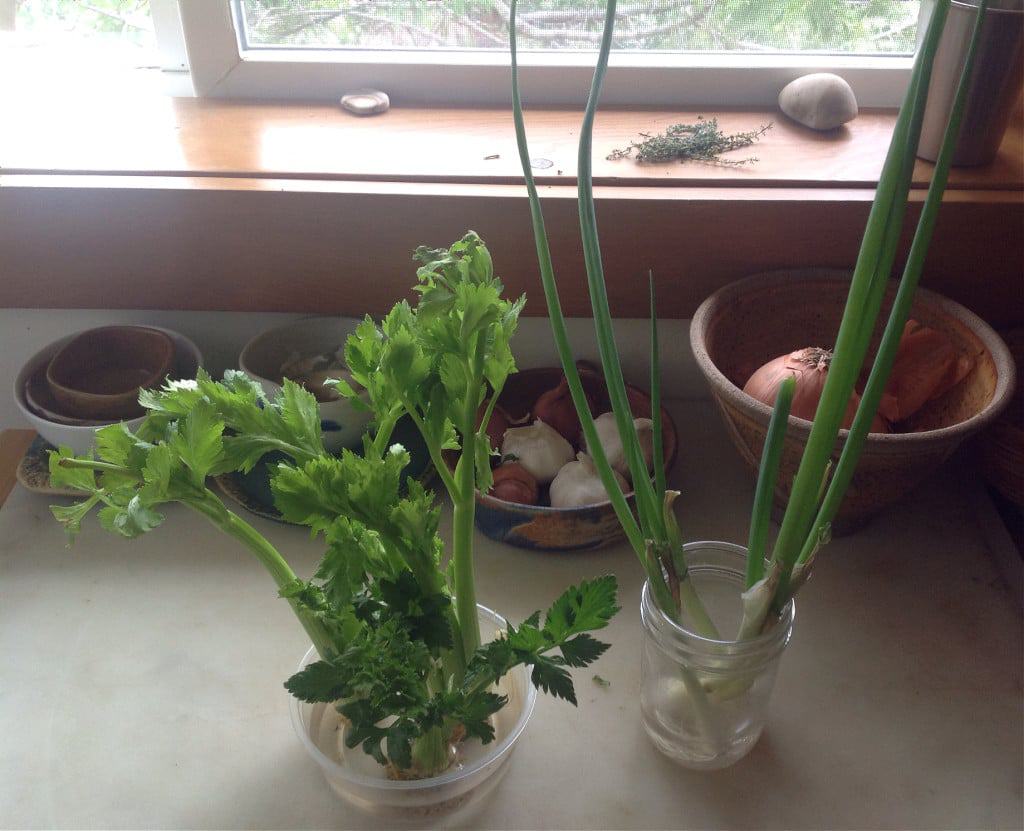
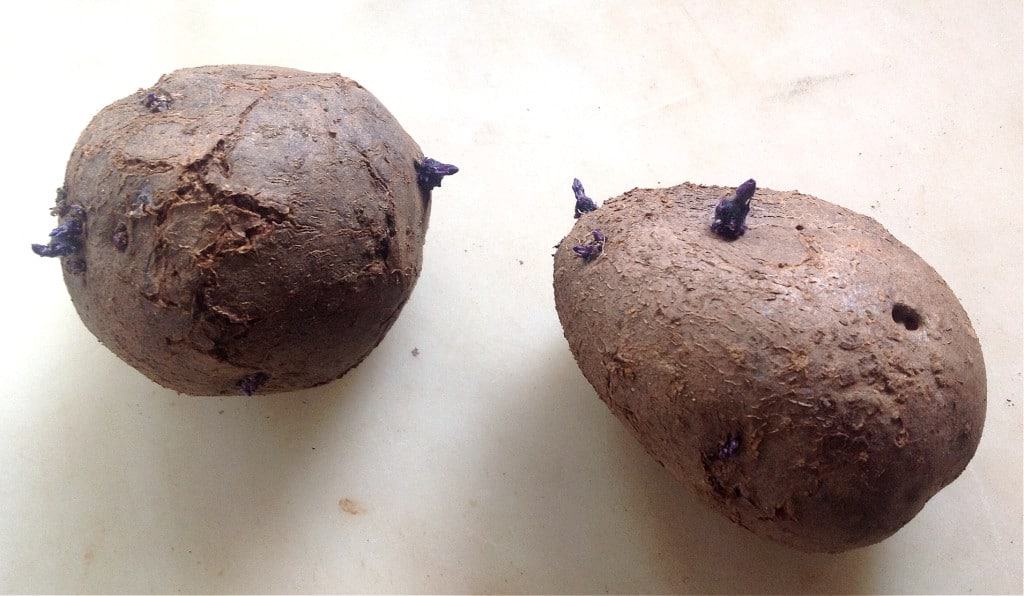
Garlic is typically planted in the fall, and it’s just as simple as sticking cloves into dirt. Throw a little mulch over the top, and you’ll have new bulbs the following summer! Sweet potatoes I haven’t done before, but I plan to this year and I’m pretty sure growing them is as easy as sweet potato pie. Plus, they have edible leaves! Win-win!
Order Spring Garden Seeds in the Winter
Second up on the list today is that it’s time for all of us to order seeds for your garden this spring. Exciting! While other people you know might be sitting at home with SAD (seasonal affective disorder) this winter, I’m pouring through seed catalogs picking out packet after packet of what I want to grow. Just looking at the pictures in the catalog makes me happy! Someday I’m going to start saving my own heirloom seeds so I won’t need to order most of my seed, but for now I pass away the time reading the catalogs like magazines.
Here are some of my favorite seed companies (I have ordered from all of these companies and I am not getting paid to promote them in any way. I just really and genuinely think they are the bomb).
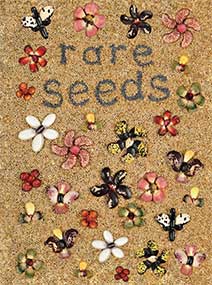
Baker Creek Heirloom Seeds
Baker Creek Heirloom Seeds have the most amazing catalog ever, it is very inspiring. They have TONS of varieties of each plant, it’s crazy! Definitely check them out and download or request a copy of their catalog in the mail.
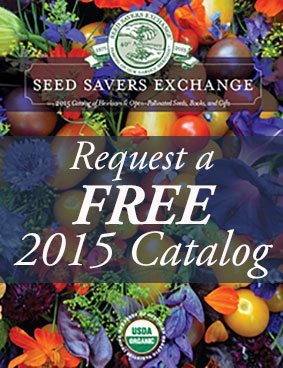
Seed Savers Exchange
Seed Savers Exchange also has a beautiful catalog and is “A nonprofit organization dedicated to saving and sharing heirloom seeds,” in their own words.

Southern Exposure Seed Exchange
Southern Exposure Seed Exchange has a super awesome catalog (can you tell by the cover?) and they also sell a lot of really cool permaculture plants that can be somewhat hard to find.
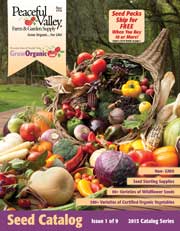
Peaceful Valley Farm Supply
Peaceful Valley Farm Supply is one I really like because they seem to be one of the cheapest as far as organic seeds go, and they give you free seed packets if you spend over a certain amount! Plus, they’re west coast, so most of their varieties work well where I live.
Two other places that I really need to mention:
- Restoration Seeds has 100% open pollinated seeds right here in Ashland, OR. You really should check them out!
- Raintree Nursery which is not a seed company, but a nursery in WA state that has a HUGE variety of plants, including many that are useful in permaculture design.
And there you have it for today. Hope this inspires you to regrow your veggies and to order some seeds! I know it feels like the middle of winter, but spring comes fast. Plus, you want to be ready for Part 4 of my Grow in Winter series, which will be all about starting your seeds!


I planted some green onion roots outside a couple years ago and have cut them down many times. They just keep growing back! I haven’t bought green onions in ages.
Native Seeds/SEARCH ( http://shop.nativeseeds.org/pages/seeds ) has lots of interesting heirloom seeds and unique varieties suited to arid climates. They started out with traditional indigenous food crops and have expanded to add a lot of other things too. I might try some this year since there’s no water in CA.
say you have an old wrinkley beet in the drawer with or without leaves – plant it outside in moist soil just covered and it may grow for you as they did for me – they take to transplanting well – imagine any root may do okay ala turnip etc …. :)
We just bought celery a few days ago. Had I remembered celery can be regrown I would have put it in a jar of water. Will try to remember this. I have a question are these seeds good for growing in Alaska.
I’m sure they have some seeds that are good for growing in Alaska, but I’m not totally sure on that.
I grew celery last year. It developed roots so I planted it my garden(zone 6A) in the spring. It grew and produced all summer. I didn’t think to pick it to see if I could keep it going. I’ll try to this year since I have two going right now.
Awesome! Let me know what happens!
Loved learning about how to regrow celery and onions. Another tidbit I did not know!